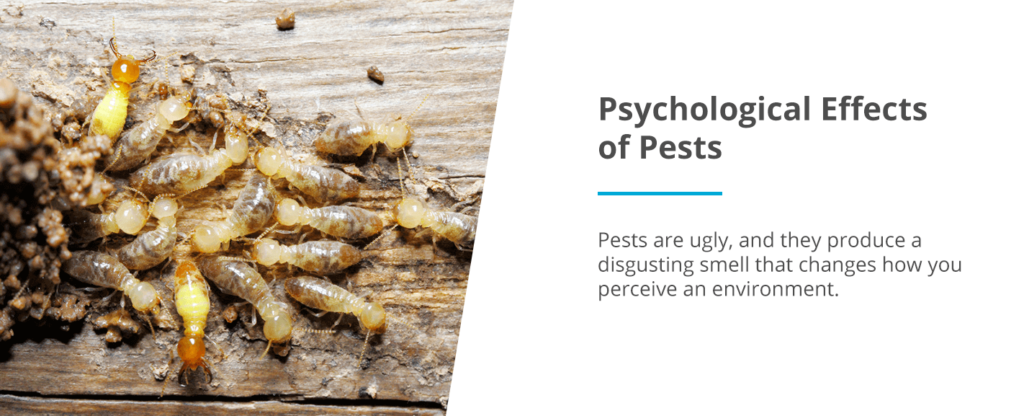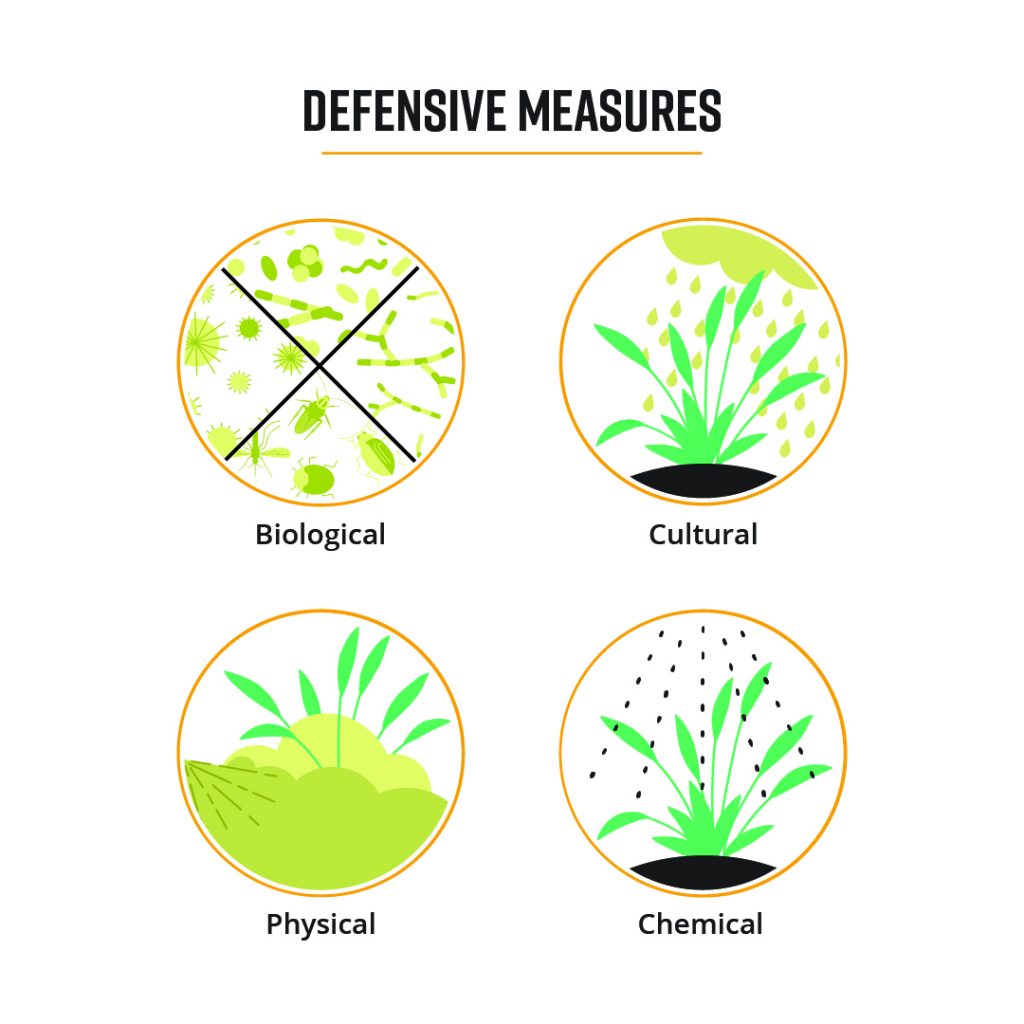Not known Details About Eco Bed Bug Exterminators Dc
Not known Details About Eco Bed Bug Exterminators Dc
Blog Article
The Facts About Eco Bed Bug Exterminators Dc Revealed
Table of ContentsEco Bed Bug Exterminators Dc - An OverviewThe 4-Minute Rule for Eco Bed Bug Exterminators DcExcitement About Eco Bed Bug Exterminators DcEco Bed Bug Exterminators Dc Can Be Fun For EveryoneEco Bed Bug Exterminators Dc for Dummies
Since pesticides are toxic, they are additionally possibly dangerous to humans, pets, other organisms, and the setting. Individuals who make use of pesticides or on a regular basis come in contact with them have to comprehend the relative toxicity, possible health and wellness results, and preventative procedures to reduce exposure to the items they use. Risk, or threat, of utilizing pesticides is the capacity for injury, or the level of risk involved in utilizing a pesticide under an offered set of conditions.
Applicators can lessen or almost get rid of direct exposure-- and hence lower danger-- by following the tag instructions, utilizing individual protective clothing and devices (PPE), and dealing with the pesticide appropriately. For instance, greater than 95 percent of all chemical exposures originate from dermal direct exposure, mostly to the hands and forearms. By putting on a set of unlined, chemical-resistant gloves, this sort of direct exposure can be nearly gotten rid of.
The damaging results that happen from a solitary exposure by any type of path of entrance are called "intense results." The four paths of direct exposure are dermal (skin), breathing (lungs), oral (mouth), and the eyes. Intense toxicity is established by examining the dermal toxicity, inhalation toxicity, and dental poisoning of guinea pig.
What Does Eco Bed Bug Exterminators Dc Do?
Intense toxicity is determined as the amount or concentration of a toxicant-- the a.i.-- called for to kill 50 percent of the pets in an examination populace. This measure is generally expressed as the LD50 (dangerous dose 50) or the LC50 (lethal concentration 50). In addition, the LD50 and LC50 worths are based on a single dosage and are tape-recorded in milligrams of pesticide per kg of body weight (mg/kg) of the guinea pig or partially per million (ppm).
The lower the LD50 or LC50 value of a pesticide item, the greater its toxicity to people and animals. Chemicals with a high LD50 are the least harmful to human beings if utilized according to the directions on the product tag. The persistent poisoning of a pesticide is determined by subjecting guinea pig to lasting exposure to the active component.
The persistent poisoning of a pesticide is more challenging than acute toxicity to figure out through research laboratory evaluation. Products are categorized on the basis of their loved one severe poisoning (their LD50 or LC50 worths). Pesticides that are identified as extremely harmful (Toxicity Category I) on the basis of either dental, facial, or breathing poisoning must have the signal words threat and POISON published in red with a skull and crossbones icon plainly displayed on the front panel of the bundle label.
The intense (single dosage) oral LD50 for chemical products in this group ranges from a trace total up to 50 mg/kg. For instance, direct exposure of a few drops of a product taken by mouth might be fatal to a 150-pound individual. Some chemical items have just the signal word DANGER, which informs you absolutely nothing regarding the intense toxicity, simply that the product can trigger extreme eye damage or severe skin irritability
Eco Bed Bug Exterminators Dc Fundamentals Explained
In this group, the acute oral LD50 varieties from 50 to 500 mg/kg. A teaspoon to an ounce of this material can be deadly to a 150-pound person (bed bug exterminator). Chemical items identified as either somewhat hazardous or fairly safe (Poisoning Classifications III and IV) are required to have the signal word care on the chemical tag

Getting My Eco Bed Bug Exterminators Dc To Work
All pesticide toxicity valuesPoisoning worths the LD50, can be found on the product's Item Safety Data Security (MSDS). Pesticide labels and MSDS can be obtained from sellers or produces. Additionally, a lot of products also know that can be located on the net. The symptoms of pesticide poisoning can range from a moderate skin inflammation to coma and even death.
People also vary in their sensitivity to various degrees of these chemicals. Some individuals may reveal no response to a direct exposure that may cause extreme disease in others (bed bug heat treatment). As a result of possible health problems, pesticide individuals and trainers have to recognize the my review here usual indicators and signs of pesticide poisoning. The effects, or signs and symptoms, of chemical poisoning can be broadly defined as either topical or systemic.
Getting My Eco Bed Bug Exterminators Dc To Work
Dermatitis, or swelling of the skin, is accepted as one of the most commonly reported topical impact connected with chemical exposure. Signs of dermatitis range from reddening of the skin to breakouts and/or blisters. Some people often tend to cough, hiss, or sneeze when revealed to pesticide sprays. Some individuals react to the solid odor and irritating impacts of petroleum extracts utilized as providers in chemical products.
This symptom typically subsides within a couple of mins after a person is eliminated from the direct exposure to the toxic irritant. A response to a pesticide product that creates someone not only to sneeze and cough but also to establish severe acute respiratory system signs is more likely to be a real hypersensitivity or allergic reaction.
Systemic results are rather different from topical impacts. They often occur far from the initial point of contact as a result of the chemical being soaked up into and dispersed throughout the body. Systemic impacts frequently include nausea or vomiting, throwing up, fatigue, migraine, and digestive problems. In innovative poisoning instances, the person may experience adjustments in heart rate, trouble breathing, convulsions, and coma, which can result in death.
Report this page